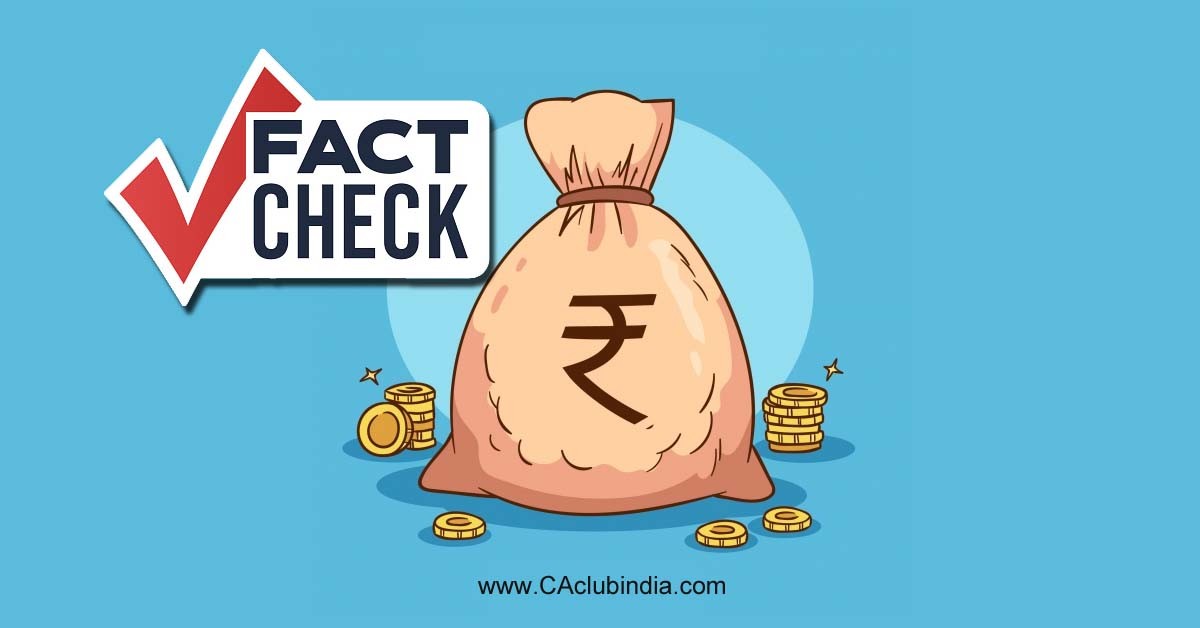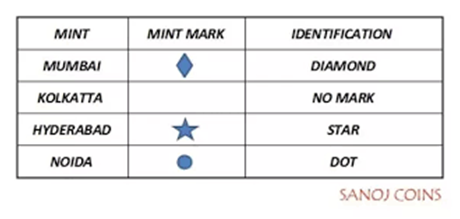Money, being the most important asset in our lives, holds a different level of power. It can be said as one of the most important tools for our survival.
But there are some amazing facts that we may not know about our own money. Let's just get to know about these interesting facts and feel amused.
1. Indian Rupee is made of cotton and not paper
Indian Rupee Notes are made up of pulp which contains Cotton and Balsam with special dyes. India has been importing the special paper to be used in currencies for many years. There is a silk portion which is not publicised. The proportion of contents is secret. The purpose of using Cotton with Special Dyes is that the notes should be more resilient as well as durable. It will possess a quality to resist from wear and tear and it won't be so easy to fake it.

2. Symbols below the date on your coin indicate where it was minted
This is a point to wonder - What does the different type of symbols below the date in your coin actually mean? Many of us are not aware of this fact. Let us understand it.
In India, coins are minted at four mints: Mumbai, Kolkata, Hyderabad and Noida through Security Printing and Minting Corporation of India Ltd (SPMCIL). Every coin will have a certain symbol which indicates the place where it has been minted.
For example, if you see coins which have no symbol below the date, it means they have been minted at Kolkata.
If you see coins with a diamond symbol or a letter 'B' or letter 'M' below the year, it means it has been minted at Mumbai Mint.
Coins with a star, split diamond or dot in diamond below the year, means that they have been minted at Hyderabad.
Coins with round dots below the year mean that they have been minted at Noida Mint.

3. 10,000 rupee-note was in circulation from 1954-1978
The demonetisation of Rs.500 notes and Rs.1000 notes was not at all new for our country. Demonetisation of Rs.10,000 note was also made in earlier years. It was the highest ever demonetisation done in 1938 and again in 1954.
4. The cost of minting a Re.1 coin is Rs.1.11
The Hyderabad mint revealed that the cost of manufacturing a Re 1 coin is Rs 1.11 which means that the cost of manufacturing one rupee coin is more expensive than its value.
The rest of the coins have a cheaper production cost. The Rupee 2 coin is made at a cost of Rs 1.28. For a Rupee 5 coin, it takes Rs 3.69 to manufacture. Whereas, it takes Rs 5.54 for manufacturing Rs 10 coin.
All this was revealed by the Reserve Bank of India (RBI) in response to an RTI query
Some other interesting facts about our Indian Rupees and Coins
- The Government of India's first set of notes was the Victoria portrait series. For security reasons, the notes of this series were cut in half. One half was sent by post, and upon confirmation of receipt, the other half was sent. They were replaced by the Underprint series in 1867.
- Denominations of 1 paise, 2 paise, 3 paise, 5 paise, 10 paise, 20 paise and 25 paise were in circulation till June 30, 2011 but were then withdrawn.
- If you have a torn note, or more than 51% of its torn part, you can exchange it for a new one at a bank.
- Did you know that except for one-rupee notes and coins everything else is printed by the RBI!
Only 1 Re note and coins in India are signed by the Finance Secretary as they are printed by the Central Government. All other Indian Currency notes in India are printed by the RBI.








 CAclubindia
CAclubindia

